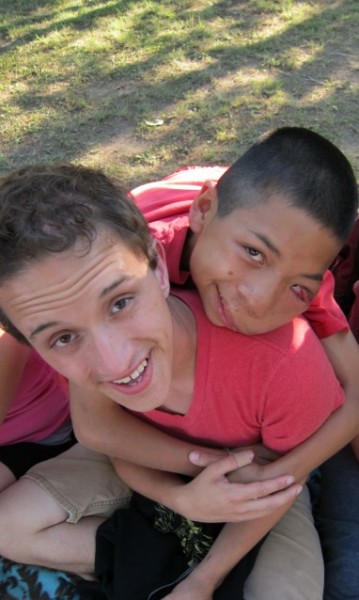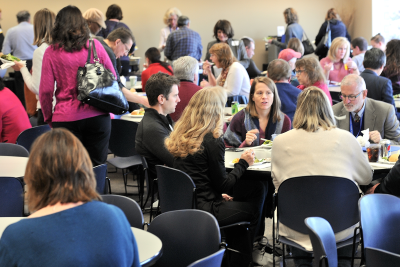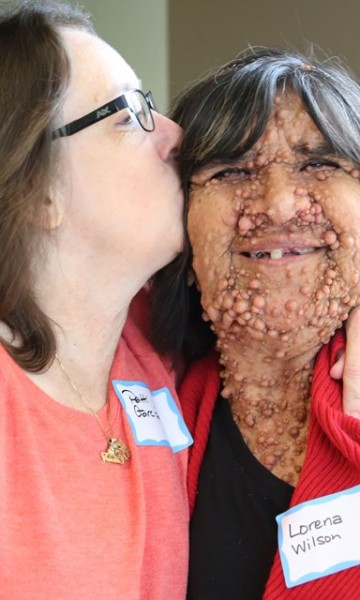be iNFormed – Seizures in Neurofibromatosis-1
What Should You Know?
Seizures occur in people with Neurofibromatosis type 1 more commonly than people who don’t have NF. A recent study of the patients who visited the NF clinic at the University of Chicago found that 11% of their patients had seizures. Out of 1035 patients seen during 20 years, 113 of them had some type of seizure. For the general population, seizures occur in only 0.4%.
How to recognize seizures
For some of the patients at the University of Chicago, the seizures were obvious – what we call grand mal seizures where people fall down and shake and are unconscious. However for many people seizures were more subtle – episodes where people suddenly stop and stare or seem confused and don’t respond. Also, sometimes seizures cause patients to wake up from their sleep and be confused and not respond normally– a little like night terrors. Because some of these seizures are not obvious, they can be missed. One key to recognizing seizures is that they usually recur or repeat multiple times.
What is the best way to tell if someone has seizures?
People who have seizures usually (but not always) have abnormalities in the pattern of brain waves shown on EEGs even when they are not having a seizure. The most useful test to determine if someone is at risk for seizures is a 24 hour video EEG. A routine EEG just captures 30 minutes of brain wave activity, but a 24 hour EEG shows a much larger sample and is much more useful.
Why do patients with NF have seizures?
The cause of seizures in the vast majority of patients with seizures and NF is unknown. In the study at the University of Chicago, only a few patients had brain tumors or changes on their MRI scans that were responsible for seizures. In the vast majority of patients the cause was unknown.
How are seizures treated?
Not everyone who has a seizure needs to be on seizure medicine. However, people that are at risk for seizures to recur should be treated with seizure medicine. Both the EEG and the type of seizure are helpful in predicting whether seizures are likely to recur. What medicine we choose depends on the kinds of abnormalities found on EEG. For most patients with NF and seizures, the seizures are relatively easy to control and many patients could be taken off of seizure medicine after being treated for a few years.
Who is at greatest risk for seizures?
The study at the University of Chicago showed that the patients that were at great risk for seizures were patients who also had mental retardation or very severe behavior problems. Seizures occurred in patients without those types of problems, but much less frequently. The study also showed that patients under 5 years of age had the highest frequency of seizures, although seizures were seen in patients of all ages.
What to do if you are worried about seizures?
If you think that you or your child may have seizures, you should call your doctor and ask for an appointment to discuss this. You will want to see a neurologist who has experience with treating seizures and you will want a 24 hour video EEG. A 24 hour EEG does not always capture seizures but it often shows abnormalities that suggest that people are at risk for seizures.







.png)






Very interesting info, thanks for the report!